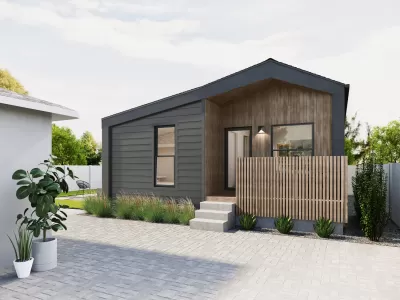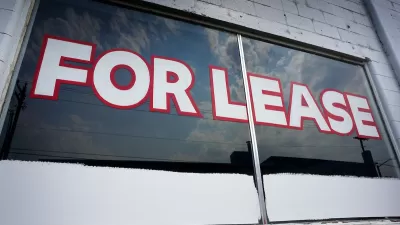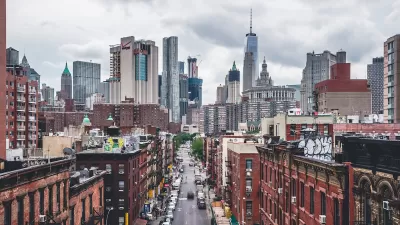More states and cities are promoting backyard cottages, converted garages, and other add-on units. Are they making an impact?

The movement to legalize accessory dwelling units (ADUs) in cities and states around the country could have a not-insignificant impact on the housing crisis, writes Ben Ikenson in Yahoo News. “In the last four years, U.S. housing prices have skyrocketed by 47 percent, and longstanding housing shortages culminated in a deficit of more than seven million homes last year, ‘the result of more than a decade of underbuilding relative to population growth,’ according to Realtor.com.”
Now, seven states and more than one hundred local jurisdictions have taken steps to relax regulations around ADUs and promote their construction.
In the first two years after a law supporting ADUs passed in California, close to half of the permits for ADUs were issued in the Los Angeles area. The city has embraced the trend, developing a set of pre-approved plans homeowners can use to cut down on design and permitting costs. “Like its potential uses—multigenerational living, aging-in-place, generating rental income, and more—the housing type comes in various forms. In L.A., garage conversions represent a significant percentage of ADUs, but the state allows for a wide range of ADU possibilities, from fully detached stand-alone structures to junior suites attached to main houses, with separate entrances and kitchenettes.”
FULL STORY: The ADU Boom Has Begun. Is It Adding the Housing We Need?

Study: Maui’s Plan to Convert Vacation Rentals to Long-Term Housing Could Cause Nearly $1 Billion Economic Loss
The plan would reduce visitor accommodation by 25,% resulting in 1,900 jobs lost.

North Texas Transit Leaders Tout Benefits of TOD for Growing Region
At a summit focused on transit-oriented development, policymakers discussed how North Texas’ expanded light rail system can serve as a tool for economic growth.

Why Should We Subsidize Public Transportation?
Many public transit agencies face financial stress due to rising costs, declining fare revenue, and declining subsidies. Transit advocates must provide a strong business case for increasing public transit funding.

A Visual Celebration of Manhattan’s Chinatown Elder Community, Through Food
Lanterns, cafeteria trays, and community connection take center stage in this stunning photo essay.

How to Make US Trains Faster
Changes to boarding platforms and a switch to electric trains could improve U.S. passenger rail service without the added cost of high-speed rail.

Columbia’s Revitalized ‘Loop’ Is a Hub for Local Entrepreneurs
A focus on small businesses is helping a commercial corridor in Columbia, Missouri thrive.
Urban Design for Planners 1: Software Tools
This six-course series explores essential urban design concepts using open source software and equips planners with the tools they need to participate fully in the urban design process.
Planning for Universal Design
Learn the tools for implementing Universal Design in planning regulations.
City of Santa Clarita
Ascent Environmental
Institute for Housing and Urban Development Studies (IHS)
City of Grandview
Harvard GSD Executive Education
Toledo-Lucas County Plan Commissions
Salt Lake City
NYU Wagner Graduate School of Public Service





























